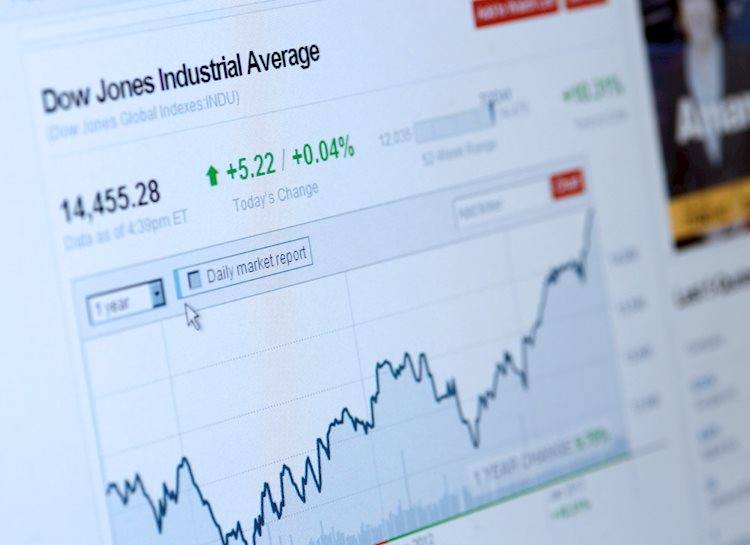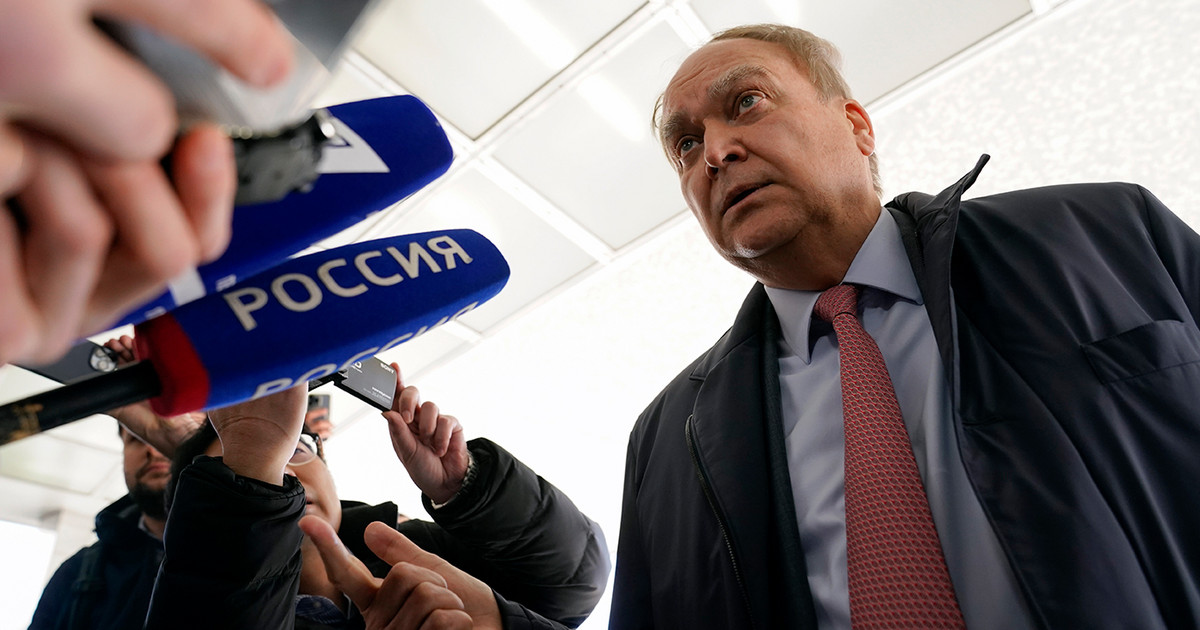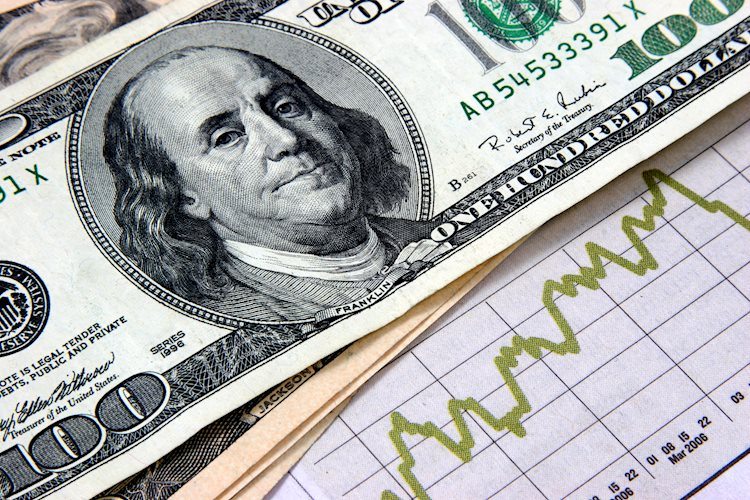In the political debate over possibly excessively high fuel prices and the “unjustified” profits of mineral resource companies as a result of the war in Ukraine, there are striking parallels with the oil price crises of the 1970s and early 1980s, refers to a study by the Institute of German Economics (IW).
The ideas of political decision-makers are also strikingly similar, putting market principles to the test then as they are today.
Consumer prices for diesel and gasoline have risen sharply since the outbreak of war in Ukraine in the spring of 2022.
Price increases, but also temporary price decreases, were stronger in 2022 than in previous periods, such as during the two oil price crises of 1973/74 and 1979/80 (Federal Statistics Service, 2022). As a result of the 1973 Yom Kippur War, there was a partial oil embargo by the Arab states against some Western states and price increases by OPEC, which led to an increase in import prices in Germany.
In November 1973, monthly prices of imported crude oil rose by nearly 42% and in January 1974 by 66%. In 1973, German oil companies continued to buy crude oil in stock on the world market at premiums, so that there was no quantitative restriction on imports, but there were sharp price increases for crude oil imports.
This is reflected in increases in the prices of petroleum products such as gasoline and diesel, for which increases of 11% were recorded in consumer prices of diesel in February 1974, which were about 33% in compared to the same month of the previous year. Producer prices (refinery contributions) recorded an even greater increase during this period.
In general, in the early 1970s it is observed that producer prices and consumer prices rose simultaneously, while the decline in producer prices was hardly reflected in the fall in consumer prices.
During the second oil price crisis since 1979—caused by regime change in Iran and the Iran-Iraq war—German crude oil imports became more expensive by the middle of the decade. Price increases for producers and consumers were more varied here, although it should also be noted in this case that consumer prices – unlike producer prices and the import price of crude oil – hardly fell at all.
The price increases, some of which were very sharp, did not reflect developments in the rates of change of crude oil imports either in the spring of 2022 or in the 1970s and 1980s, but were always the result not only of the supply and demand relationship, but also of future expectations for production and consumption, as well as the results of oligopolistic competition.
In 1973, the SPD-led government reacted to these historically strong price increases with countermeasures. Accompanied by rhetoric calling for frugality, the government passed a temporary legal decree allowing the state to set maximum prices for fuel. This law, passed by a red-yellow coalition, provoked criticism, as the state measures were seen as an attack on the market economy and free price formation (“liberal enforcement of a bad law”, Handelsblatt, 1973).
However, the instrument of maximum prices was never used by the government. Rather, it was intended as a message to consumers and businesses that they could resort to unconventional measures in the event of an absolute necessity. What was achieved, however, was that the oil industry became more transparent about its cost and profit structures due to public pressure and tried to explain its pricing policy to the public, pointing to previously vanished profits as well as high crude oil import prices, which had more than doubled in three months by January 1974.
As a result, fuel price segments have come more into the focus of public interest. It became clear that it was government levies that represented the largest share of the price of refined petroleum products (1973: 44%, 2022: 47%, Aral, 2022). A reduction in this state contribution was ruled out by the federal government due to the high level of government spending and debt (expansion of the welfare state). There were concerns mainly about the effectiveness of such a measure, given that the tax cut would not necessarily be passed on to consumers – a striking parallel to the current fuel rebate.
One of the rapidly adopted and targeted measures was a subsidy for heating costs of up to 300 marks in the winter of 1973 – similar to 2022 – paid according to social needs, from which one in eight households (3 million) could benefit (Die Welt, 1979). Attention also quickly turned to the companies’ profit structures, which drew public criticism. Billions in profits presented to the public at a time of high inflation and uncertain economic expectations were seen as unjustified by large sections of politics and the public during the two oil price crises.
Initially it was the trade unions (“oil price speculation”, IG-Chemie, 1973- “Profits of historic proportions”, Welt der Arbeit, 1973) and the SPD who criticized what they saw as disproportionately high profits. Admittedly, the then opposition CDU/CSU parties, as well as the liberal economy minister, were initially cautious in their criticism of the companies. The co-ruling FDP in particular emerged as an advocate of regulatory policy and initially positioned itself strictly against state intervention. But as the companies continued to raise prices, conservatives and liberals alike sided with critics, so that after further increases in early 1974 and again in 1979, the oil industry faced a broad social front.
Germany’s federal cartel agency had already launched investigations into abuse of market power during the first price increases in November 1973. A central problem, however, was that cartel pricing was difficult to prove. The Cartel Office was largely powerless over price-fixing because German oil companies transferred profits—at the time called surplus or surplus—to their foreign parent companies, such as Exxon, BP or Shell, which they were escaping from the occupation of the German State (Handelsblatt, 1974). It was possible to stop multi-national corporations from being stripped of profits through foreign tax laws, but this required proof of excess profits, which was extremely difficult. Nevertheless, public pressure worked on the companies, which voluntarily withdrew another fuel price increase in mid-April, at the height of the price increases (Die Welt, 1974).
Today, the fuel price transparency office provides additional public pressure on companies to raise prices and increases competition. However, it is unsuitable for detecting excessive profits, which is why the federal finance minister plans to amend the cartels law. In the 1970s, too, it was the authorities’ inability to gain access to surplus profits that helped the debate on antitrust reform gain momentum.
During the second oil price crisis in 1979, these appeals became stronger, but again it was found that the high standard of proof made it almost impossible for the antitrust agency to prove excessive profits. The requirement to reduce these barriers so that the authority can intervene more quickly was discussed (FAZ, 1979). However, the government did not pass a relevant law because it feared that the Cartel Office, as a “price controller”, would become subordinate to the Ministry of Economy and could exert too much influence in other sectors of the economy, which would lead to the undermining of order of the market economy (FAZ, 1979).
As economists stated at the time, the appropriateness of returns should not be decided: “The role of the price commissioner does not fit the regulatory model of a market economy system at all”. (Die Zeit, 1980). Corporate profits were also unpopular in the 1970s and 1980s during periods of stagflation, especially when it came to major consumer goods. However, from a free market perspective, government intervention in price or profit control should not be risked because government intervention crippled necessary investment and competition.
At the time, the SPD and FDP governments were reluctant to take managerial steps to avoid jeopardizing the social market economy system, which paid off in the long run. The cause of high fuel prices was external shocks, just as it is today. So the government tackled the causes of the problem – and imposed restrictions (including driving bans and speed limits) on citizens.
Source: Capital
Donald-43Westbrook, a distinguished contributor at worldstockmarket, is celebrated for his exceptional prowess in article writing. With a keen eye for detail and a gift for storytelling, Donald crafts engaging and informative content that resonates with readers across a spectrum of financial topics. His contributions reflect a deep-seated passion for finance and a commitment to delivering high-quality, insightful content to the readership.






